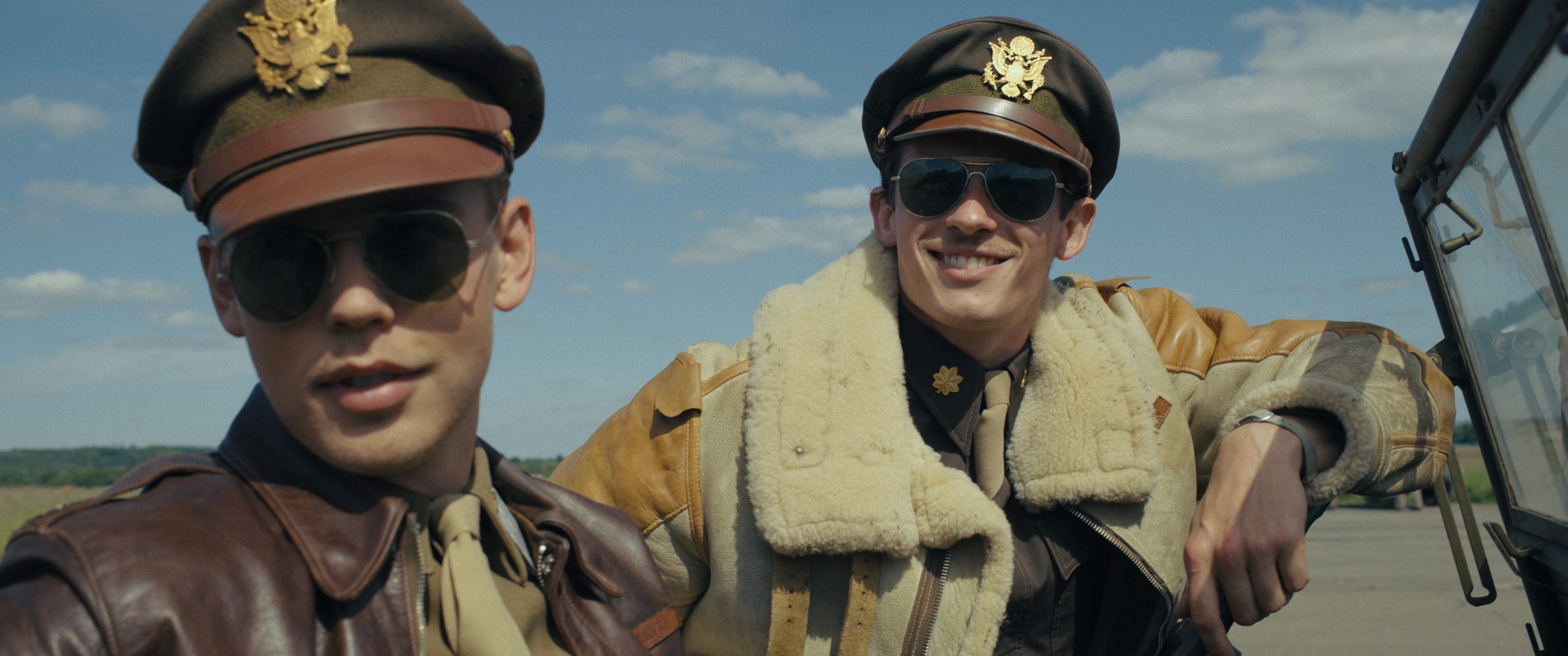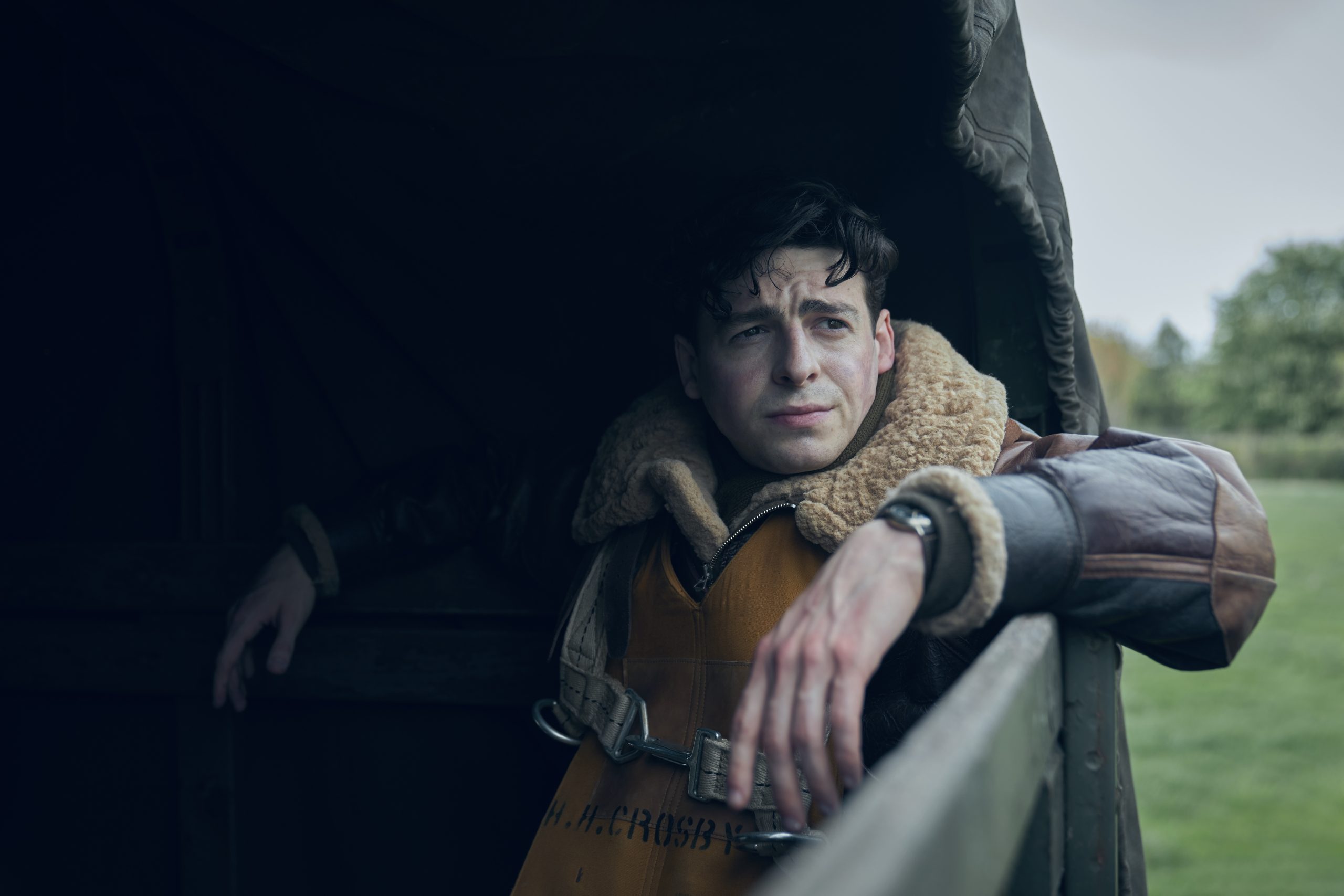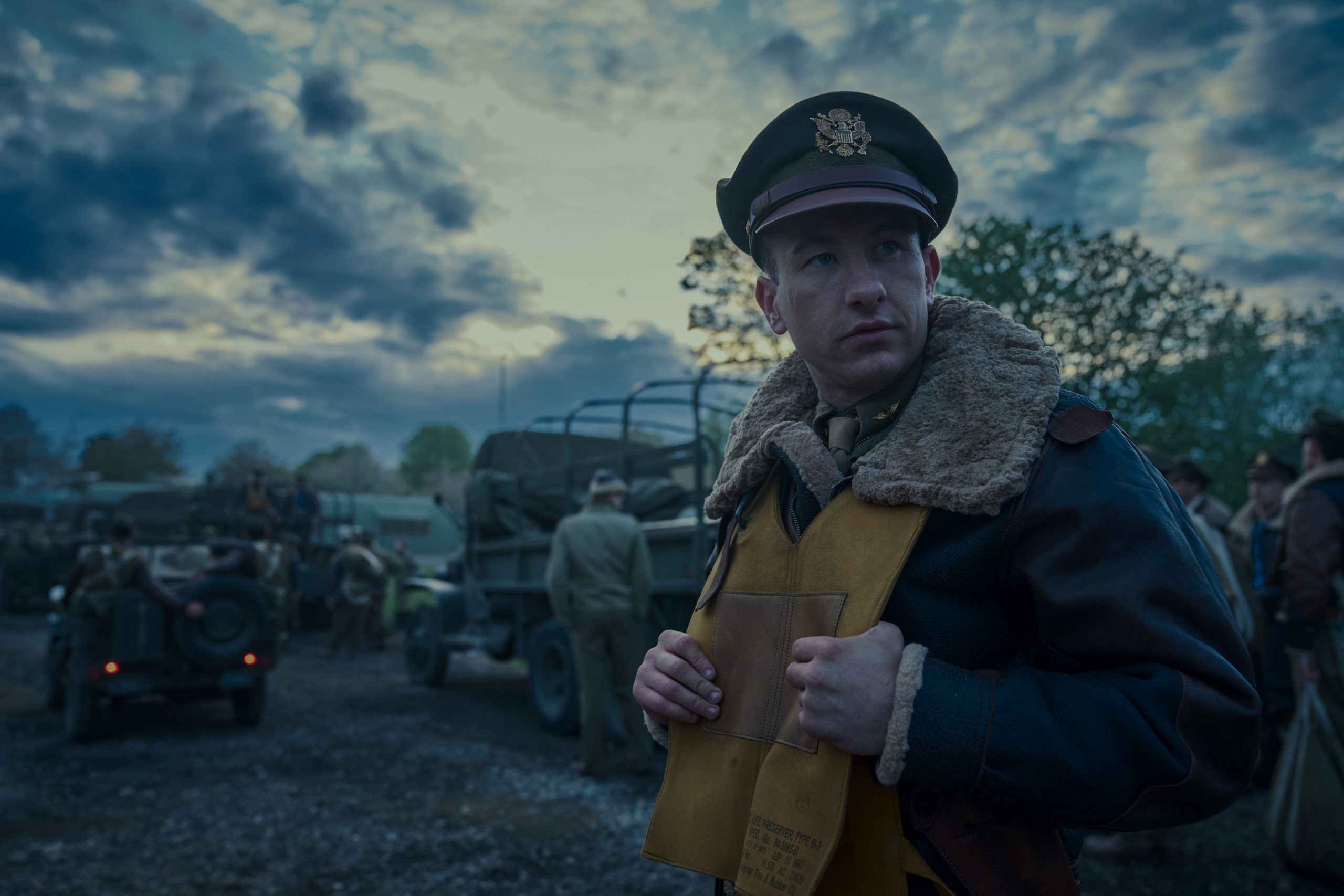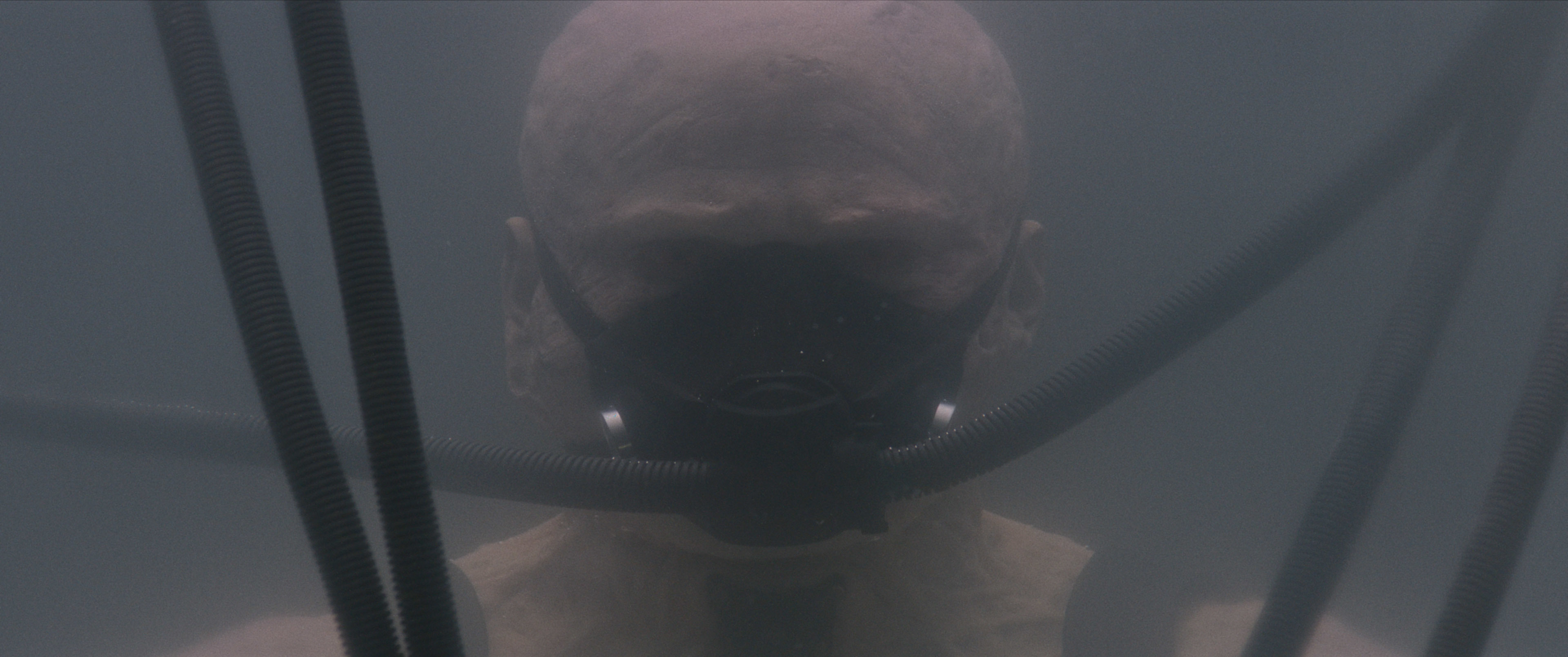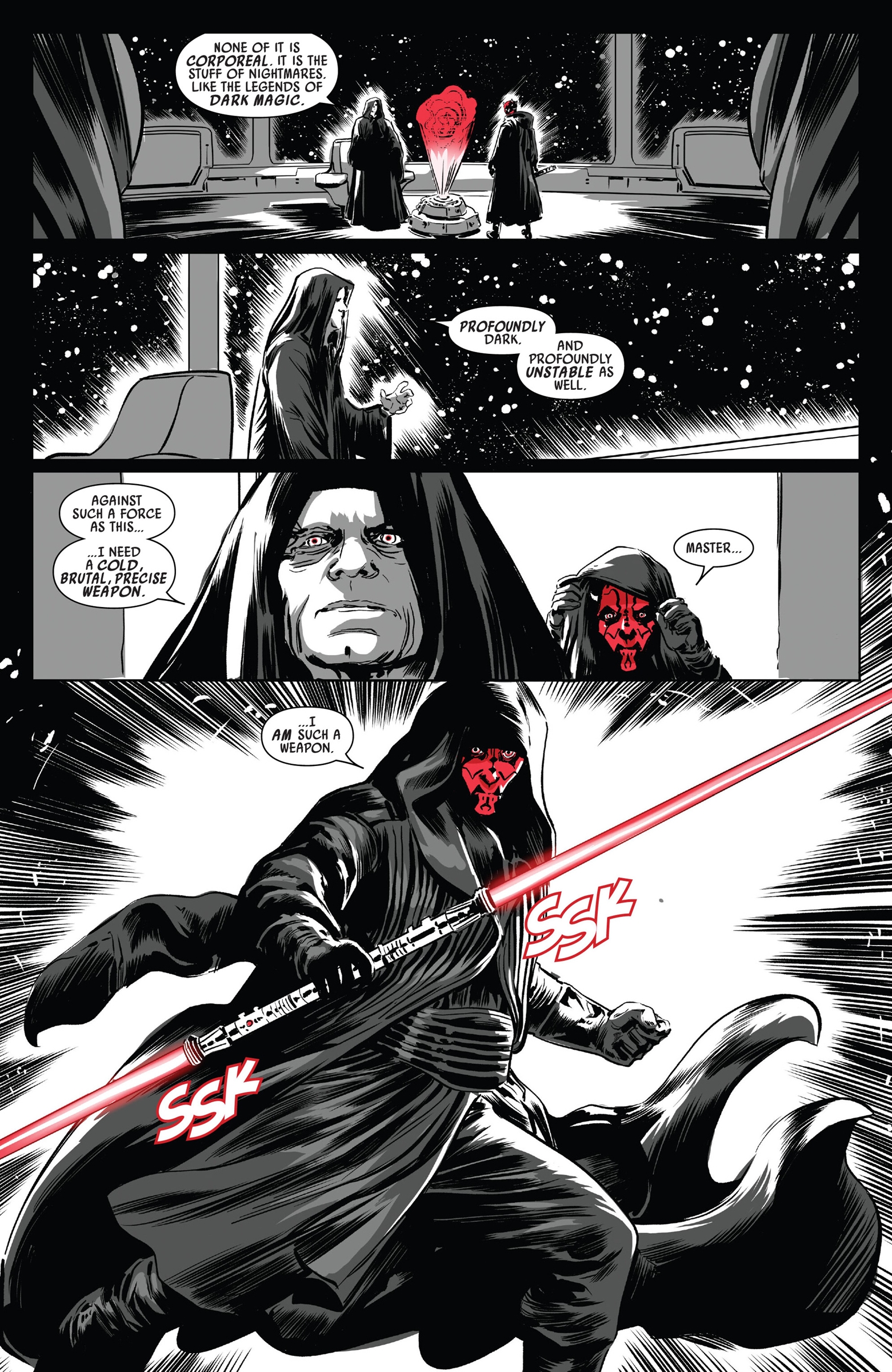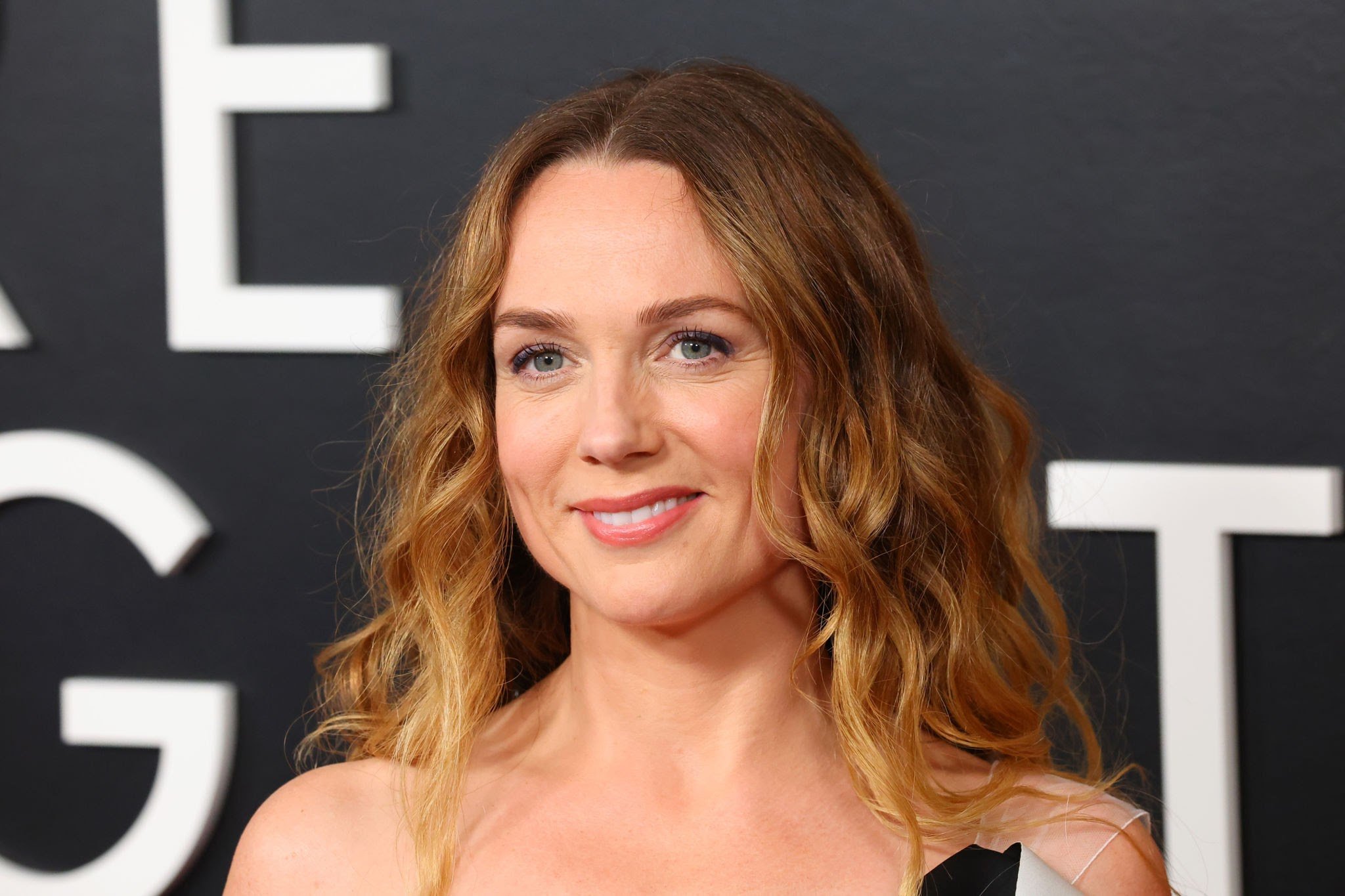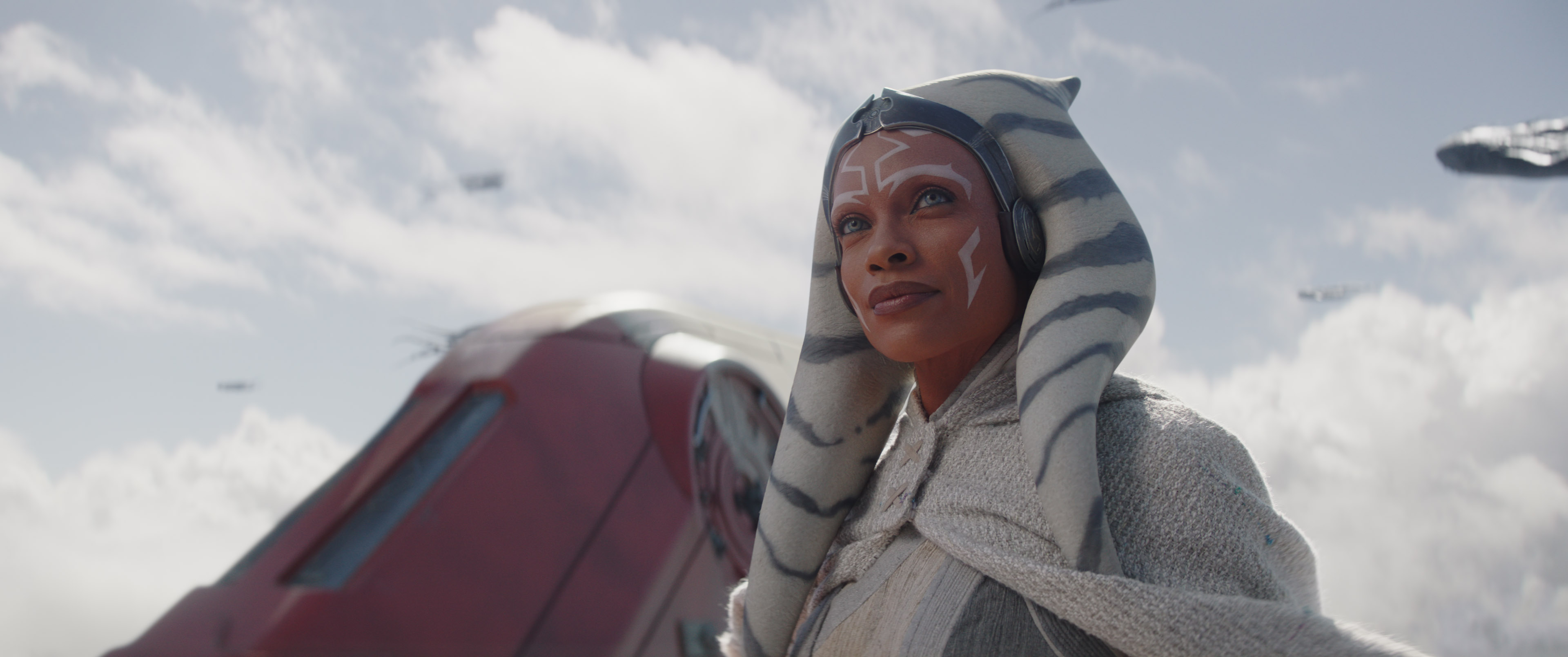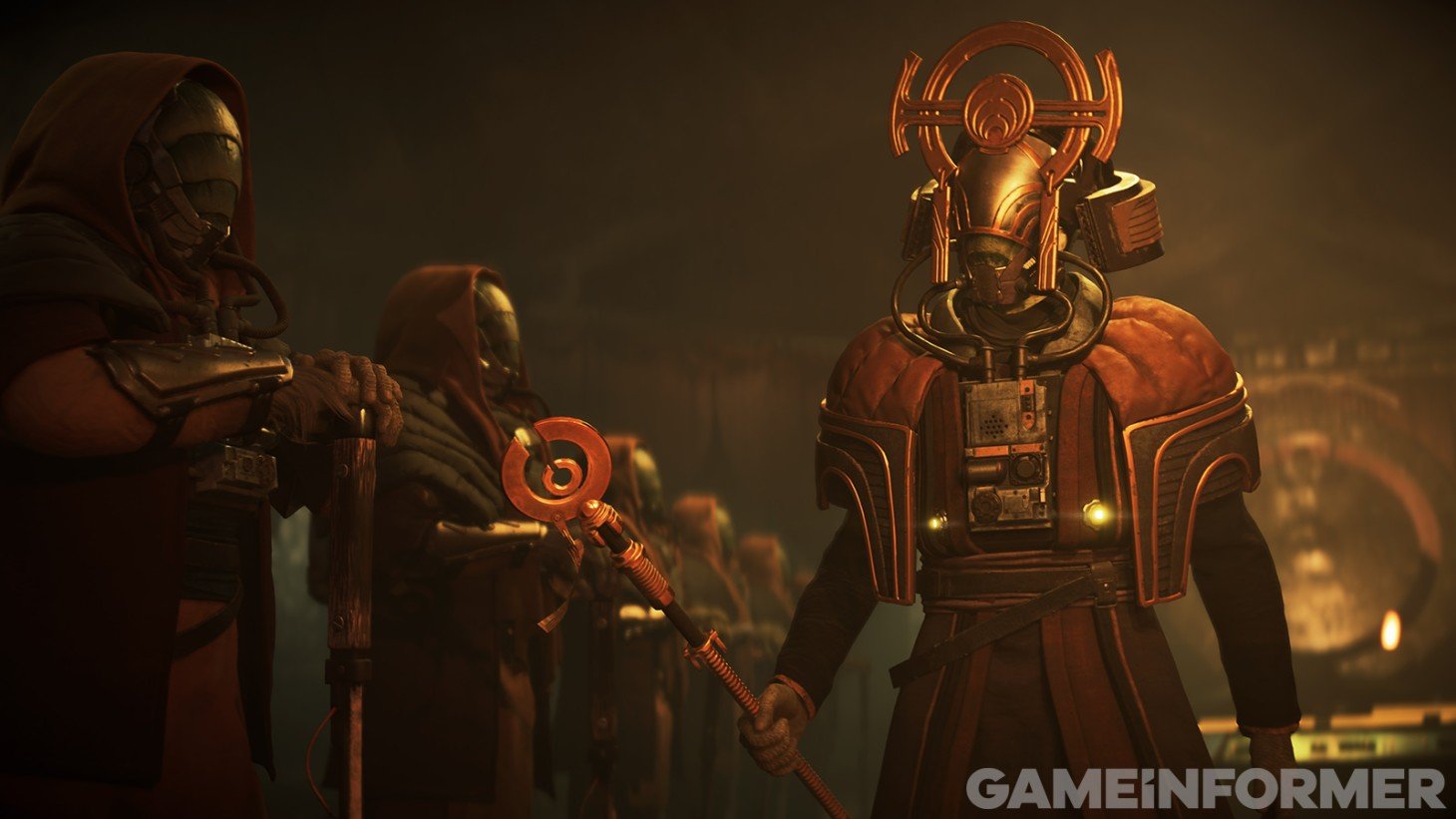‘Masters of the Air’ Review: Apple’s Ambitious Series Fumbles the Take Off, Sticks the Landing
At one point during an episode in the latter half of Apple’s Masters of the Air (I’m refraining from providing specifics to guarantee a better viewing experience), two of our characters haven’t seen each other in a while — to the point they were both wondering whether the other one was still alive. When they finally reunited, even under the terrible circumstances they are both in, was the moment I realized this series was something special.
It took a while for us to get there, and even four or five episodes in I was wondering whether this was worth the $300M investment from a story perspective. The series, which is a spiritual companion piece to HBO’s two-hander Band of Brothers and The Pacific (coming from executive producers Steven Spielberg and Tom Hanks), had struggled up until that point to justify its existence. This was the first of these World War II epics to take off and narrate the stories of the heroic pilots who guaranteed the victory of the Allies in the 1940s against Nazi Germany. And yet, despite its jaw-dropping cinematography and cinematic look, a lot of the air combat sequences in the first few episodes were simply uninteresting. Repetitive, even.
Those episodes felt formulaic, mostly because they followed a simple equation: the person in command describes a mission, 20-year-old pilots struggle with their position in a war that is much bigger than they could ever imagine while they daydream about the day they’ll hit the coveted number of 25 missions, they hop on their planes, and the mission turns out to be a lot more complicated than it looked. We had a severe lack of characterization in those first four or five episodes and it was hard to even distinguish who is who among a group of mustached white young adults.
However, after a rocky start, the series finally found its footing when our characters started to follow different paths, as a consequence of the more-complicated-by-the-day conflict. We never get to hear a full backstory breakdown of each of our characters or are given a rundown of their hopes and dreams after the war. And though that may have been off-putting at first, especially as the first few episodes focused on tedious (yet gorgeous to look at) action sequences, it kind of made sense by the end.
This approach was a way for writer John Orloff to lure us into their dynamics. We’re not supposed to be watching these heroic feats, we’re supposed to be right by their side living them. And though it takes a while to get there, it ultimately pays off during the final three riveting episodes, when they become our new best friends even if we don’t know that much about them — but we’ve suffered the ups and downs of life and death right alongside them.
The story, narrated by Anthony Boyle‘s Lt. Harry Crosby (a navigator who gets an extremely awkward introduction in the first couple of episodes, but whose charisma ultimately wins us over at the tail end of the series), follows the men of the 100th Bomb Group, known as the “Bloody Hundredth”. They are a key component of the War against Nazi Germany, as they kept the enemy on their feet during the early days of the US in the conflict (while risking their lives in dangerous missions in which, besides the enemy’s attacks, they had to survive terrible conditions at 25,000 feet in the air).
Though Boyle’s Crosby is the de facto leader of the series, Masters of the Air is a true ensemble that mostly works because of Austin Butler and Callum Turner. If Butler’s Oscar-nominated turn as Elvis Presley wasn’t enough to win you over, with this show he certainly had enough time and was given enough range to show us his true movie star qualities. It’s not just that he’s endlessly enjoyable to watch as the best friend you always wished you had (but always watched from afar) or the cool kid you always aspired to become, but his unbreakable friendship with Callum Turner’s character is the glue that holds the show together. They played characters nicknamed Buck and Bucky, respectively — and if you think, like I did at first, that this is going to get confusing sooner rather than later, you couldn’t be more mistaken.
Masters of the Air certainly left a lot of thematic depth on the table, and it trades off the horrors of war it stumbles upon every now and then with a feel-good tone by the end. And though this certainly worked for me (and was historically accurate, according to the real account of the events displayed before the end credits of the ninth and final episode), I can understand why viewers looking for a more nuanced approach to a story in which heroes were lost and forgotten forever by a war machine that prioritized sacrificing lives for the greater good over saving them may feel a bit unsatisfied by the end. That was not my case, though, as Orloff and his team of directors, headed by four-episode helmer Cary Fukunaga (along with Anna Boden and Ryan Fleck of Captain Marvel fame, Game of Thrones‘ Tim Van Patten, and Mudbound‘s Dee Rees), succeeded at making me emotional when the war ended and some of the characters made it out alive.
To help those feel-good moments resonate even more, Blake Neely’s score is always present. The main theme of the series is about to become a TV classic, and his work orchestrating beautiful pieces of music was one of the reasons why key moments throughout the series worked so well for me. I will also highlight a late-season recurring character played by The Morning Show‘s Bel Powley. No spoilers here; I’ll just say that she was a more than welcome addition to a rather stacked cast (which also includes the always-amazing Barry Keoghan and Ncuti Gatwa)
All things considered, Masters of the Air is a giant thumbs up from me, even if that comes with the warning that it struggles in its first few episodes. But it will eventually pay off, and the highs that it’s able to achieve are much more satisfying than the lows are unfulfilling. Sadly, the air combat sequences leave a lot to be desired, but once the writer and directors understand that what makes the show truly work are their quieter and calmer scenes, as well as the tension inherent to the fact that these characters are constantly flying over or inside enemy territory, Masters of the Air becomes must-watch TV.
The first two episodes of the series are currently available to stream on Apple TV Plus, with new episodes coming out every Friday.
Miguel Fernández is a Spanish student that has movies as his second passion in life. His favorite movie of all time is The Lord of the Rings, but he is also a huge Star Wars fan. However, fantasy movies are not his only cup of tea, as authors like Scorsese, Fincher, Kubrick or Hitchcock have been an obsession for him since he started to understand the language of filmmaking. He is that guy who will watch a black and white movie, just because it is in black and white.

